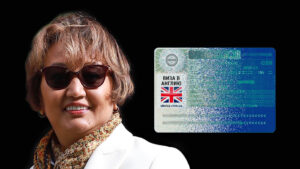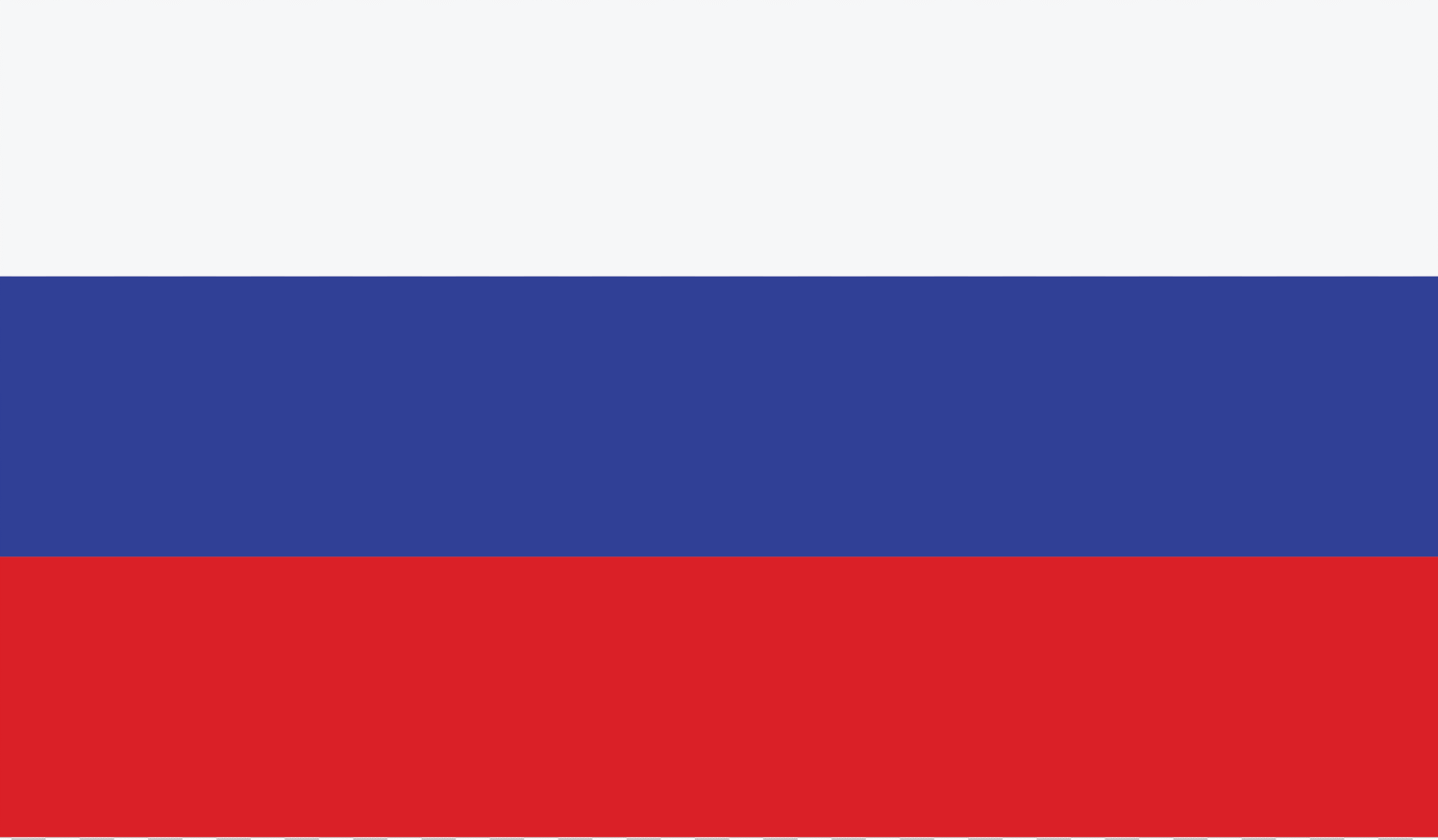Latest News

New absence rules make it easier for EU citizens to qualify for settled status

UK and France strike deal to return illegal migrants and open new legal route

No more BRP. How to switch to eVisa?

Skilled Worker Visa: salary & skill thresholds increased

Care worker Visa route officially closed to new overseas applicants

EU settlement scheme update: 30-month temporary permission introduced

Sector workforce plans now mandatory to access Skilled Visas

Temporary shortage list (TSL): New conditional Immigration route introduced


